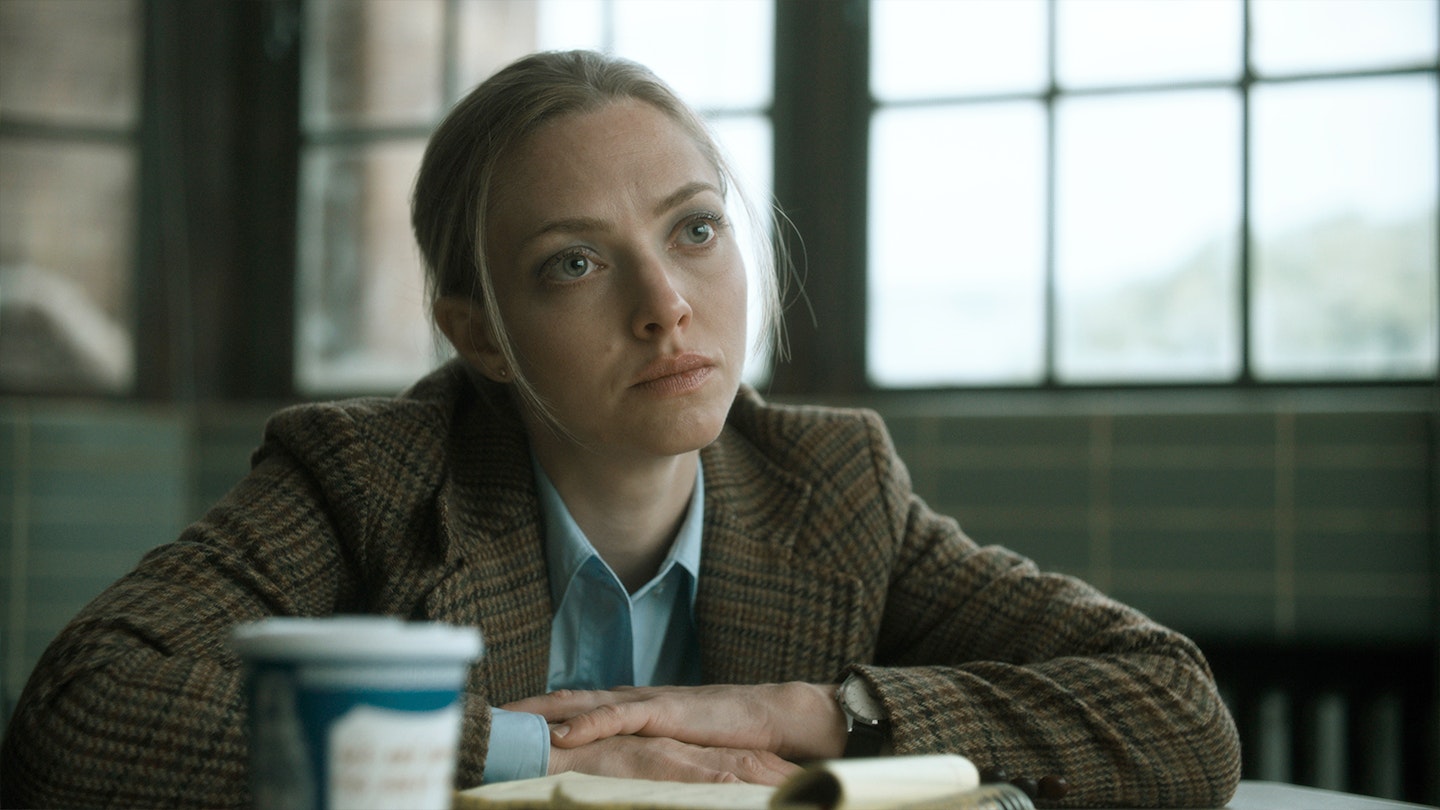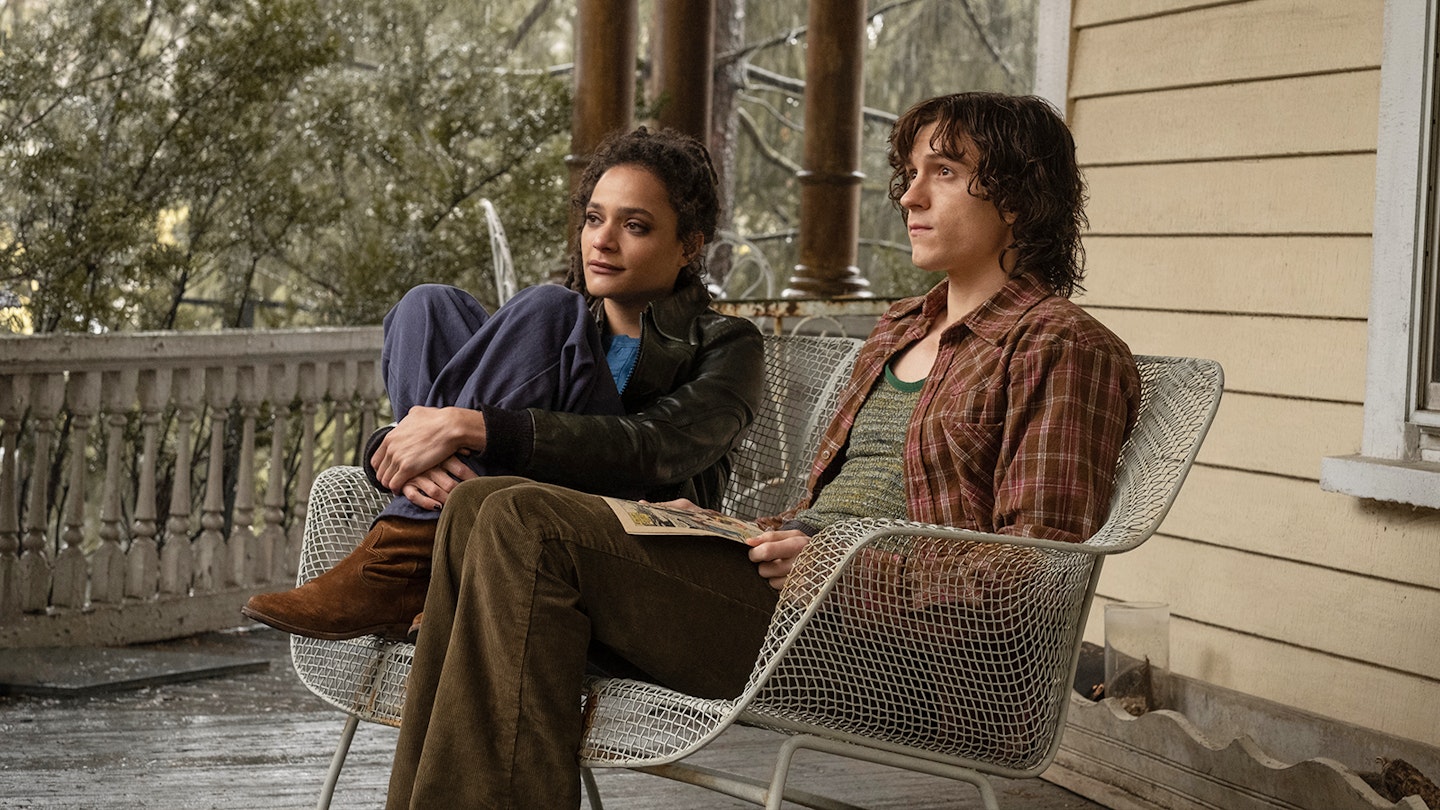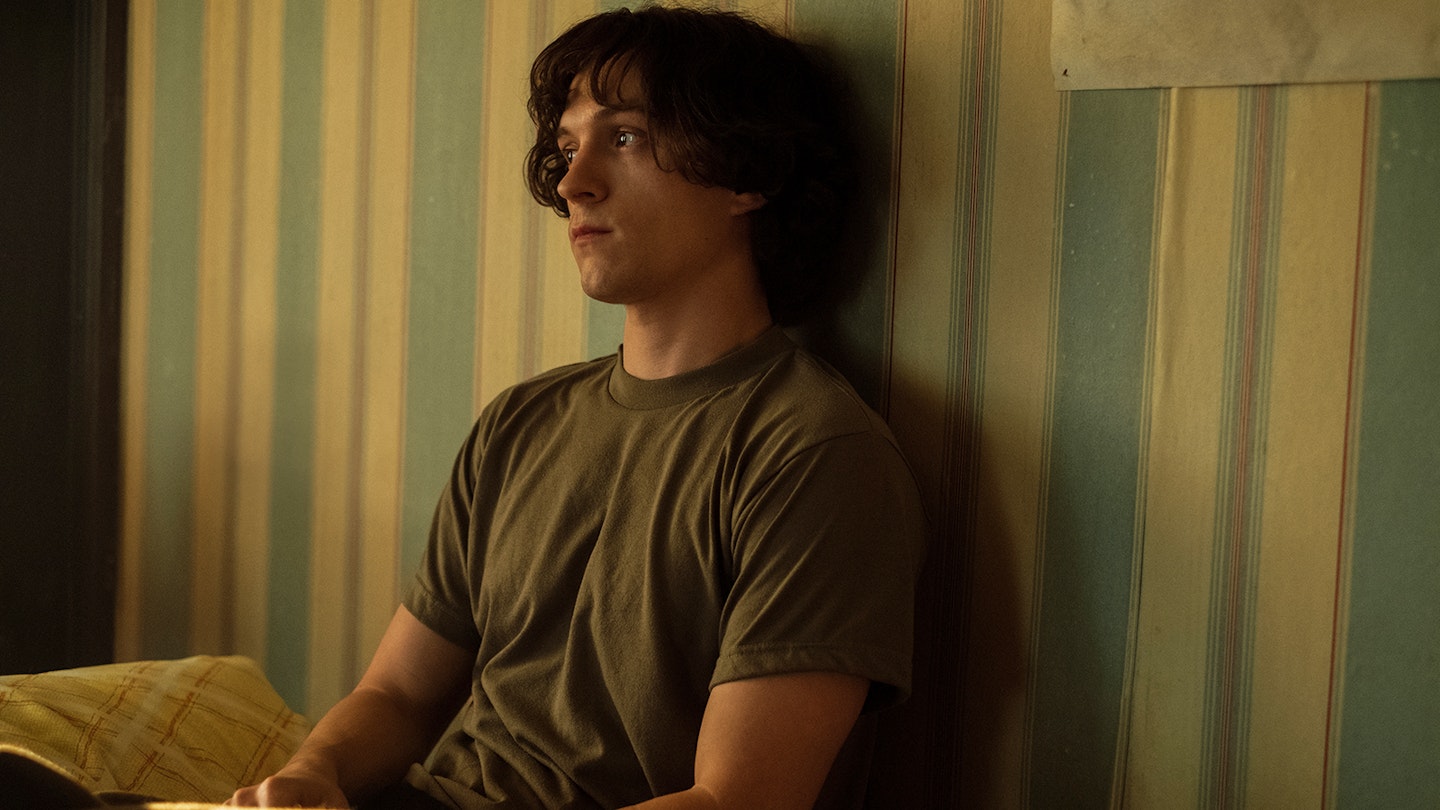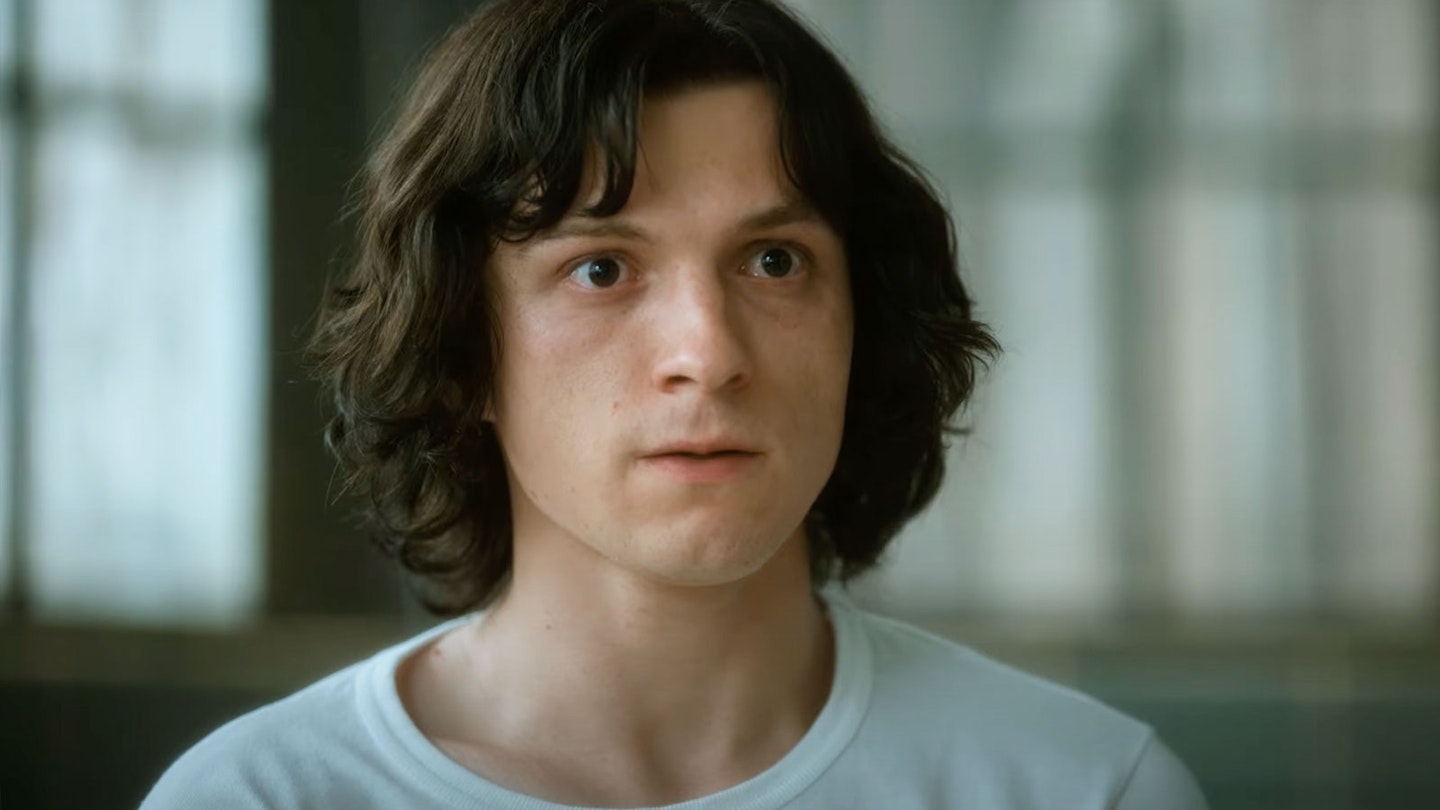Episodes viewed: 10 of 10
Streaming on: Apple TV+
Written and created by Star Trek Discovery and A Beautiful Mind’s Akiva Goldsman, The Crowded Room is Apple TV+’s latest buzzy prestige production, a deliberately paced yet compulsive psychological mystery-cum-character-study set in ‘70s New York. It’s also an exceptionally hard show to talk about. In part, this is because it’s a show dealing with weighty, timely themes that juggles a sizeable ensemble, each of whose narratives twist more times than a French pastry. But mostly it’s because of the need to avoid discussing certain pivotal aspects of the storytelling. This unfortunately makes discussing the premise, narrative hook, characters, and even mentioning the name of the non-fiction Daniel Keyes novel on which the series is based – despite its presence in the stunning (and also somewhat spoilery) opening credits of every episode – a risky business indeed.

So what can we tell you? Tom Holland stars as Danny Sullivan, a troubled young man living in New York, who we meet during an attempted shooting at the Rockefeller Center. Unable to make the shot himself, Danny’s friend Ariana (Sasha Lane) pulls the trigger, grazing but not killing their target. After blacking out, Danny finds himself incarcerated. With Ariana nowhere to be found, Danny winds up being questioned by Prof Rya Goodwin (Amanda Seyfried), an empathetic interrogator who believes the explanation for the shooting and Ariana’s disappearance may lie in her interviewee’s troubled past and the figures who populate it.
The performances throughout the series are uniformly fantastic.
We’re pretty sure it’s not a spoiler to say that The Crowded Room is, as we’ve come to expect from Apple TV+ and their quality over quantity streaming model, an incredibly handsomely mounted production. From its subtle textural grain, soft sepia colour-grading and earworm needle-drops, to the abundance of iffy haircuts, flared jeans, east-and-west pointing shirt collars, and litter-strewn streets, there’s a specificity of time and place here that favourably evokes the psychogeographic world of Taxi Driver. Even as the structural back-and-forth of the show between the interrogation room and scenes from Danny’s adolescence and young adulthood threatens narrative stagnation (if you like pointed cuts to lines of explanatory dialogue that telegraph twists long before they come to fruition then buckle up!), the meticulous world-building sustains immersion.
And, speaking of immersion, there’s no greater example of it here than Holland himself, who gives so much of himself to conveying the many layers of Danny that the Spider-Man star is in the midst of a year off from acting altogether. Beset by years of internalised trauma, Danny’s pain is brilliantly externalised by Holland in increasingly maverick and emotionally vulnerable ways as the series progresses.

Though we can’t go into specifics to avoid the aforementioned spoilers, one particular episode here — a standout that subverts the heavy-handedness often felt elsewhere — feels like the turning point in Holland’s career that The Devil All The Time and Cherry fell just short of. It would be remiss not to mention that he’s matched every step of the way by the elsewhere frustratingly underused Seyfried and talented newcomer Zachary Golinger, who brings an almost preternatural maturity to both young Danny and his twin brother Adam as the unspeakable is sensitively, stunningly made visual.
The performances throughout the series are uniformly fantastic: Jason Isaacs’ Man From U.N.C.L.E style London crook Jack Lamb is a treat; Will Chase is reviling as Danny’s slimeball stepfather; Elijah Jones puts in a wrenching turn; and Christopher Abbott does solid work as the ostensible cipher for the liminal space between society’s historic ignorance of mental illness and its innate awareness that our minds are just as prone to malady as our bodies. Between them, the cast ensure that the series’ slow-burn (there’s an argument to be made that half the episodes may have given this double the impact) doesn’t eventually leave viewers cold.
The only egregious wrong committed by The Crowded Room is in its genre calibration. Were the series not so beholden to asserting its own enigmatism, more could’ve been made of it as a compelling exploration of mental health stigma, xenophobia, and the fault-lines in America’s social security system (or its lack thereof). There is an important cultural conversation that Goldsman and his collaborators are trying to start with this story, and they may yet prove successful in that endeavour. However, in treating the specifics of the story as a rug-pull, an otherwise gripping series is compromised by a sensationalist streak that perpetuates several of the Hollywood clichés about mental illness that it was made to challenge.

